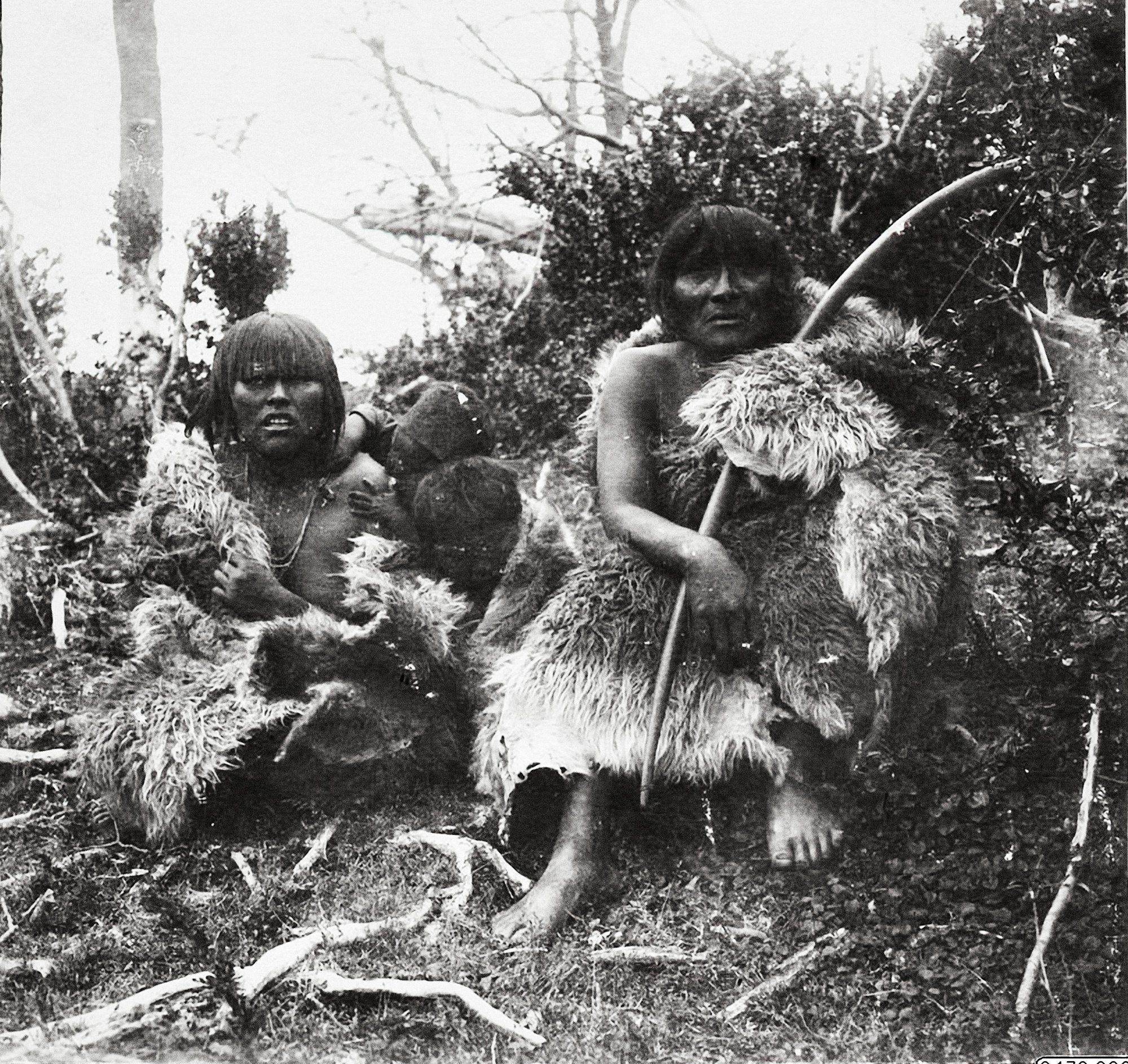
The Lost Tribes of Tierra del Fuego — DOP
Fuegians are the indigenous inhabitants of Tierra del Fuego, at the southern tip of South America . The indigenous Fuegians belonged to several different tribes including the: Selk'nam, also known as Ona or Onawo. Haush, also known as Manek'enk. Yahgan, also known as Yagán, Yaghan, Yámana, Yamana, or Tequenica.
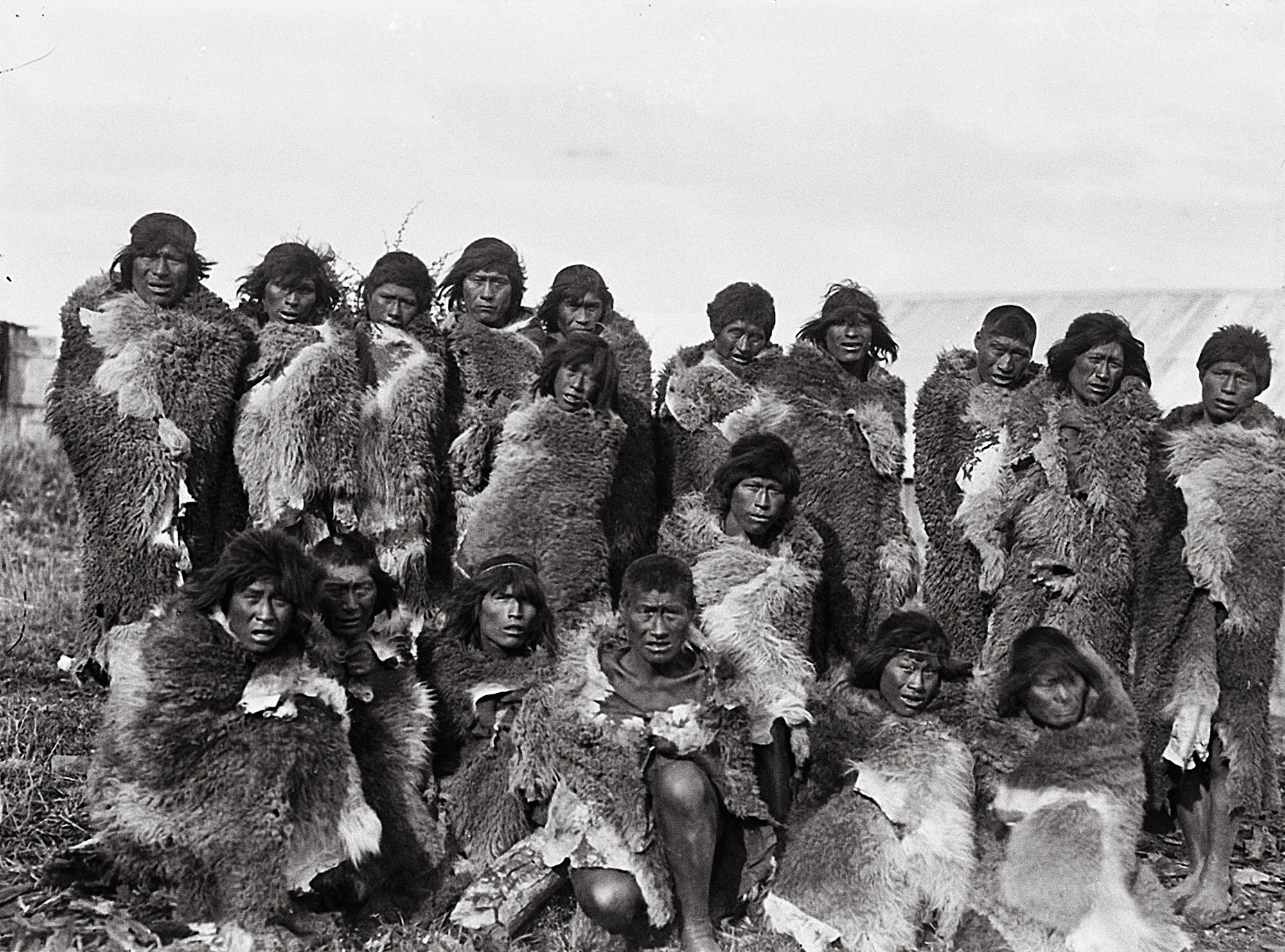
The Lost Tribes of Tierra del Fuego — DOP
The Selk'nam, a stone-age hunting culture inhabited the Tierra del Fuego area of southern Argentina and Chile for 7,000 years. During those times the tribes lived nomadically and in tune with the land—hunting, gathering and fishing. The Selk'nam had no chiefs, but were instead led by wise men ('fathers of the world') who were believed.
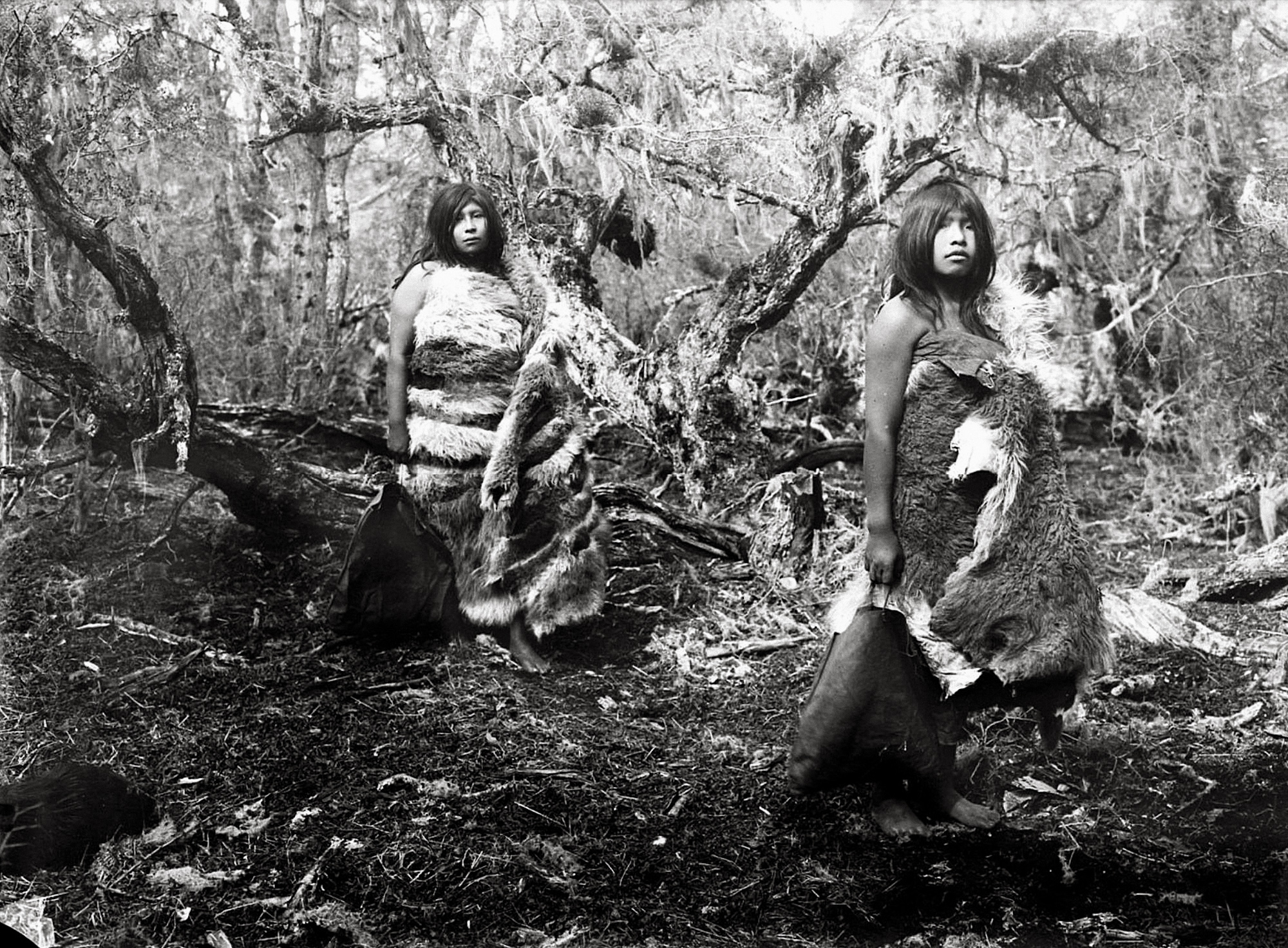
The Lost Tribes of Tierra del Fuego — DOP
The Lost Tribes of Tierra Del Fuego. Martin Gusinde was a German missionary who traveled to the southernmost tip of South America in 1919 in order to do what missionaries do, convert the locals to Christianity. Instead, he was introduced to the cultures of the indigenous people who lived on the archipelago of Tierra Del Fuego: the Selk'nam.
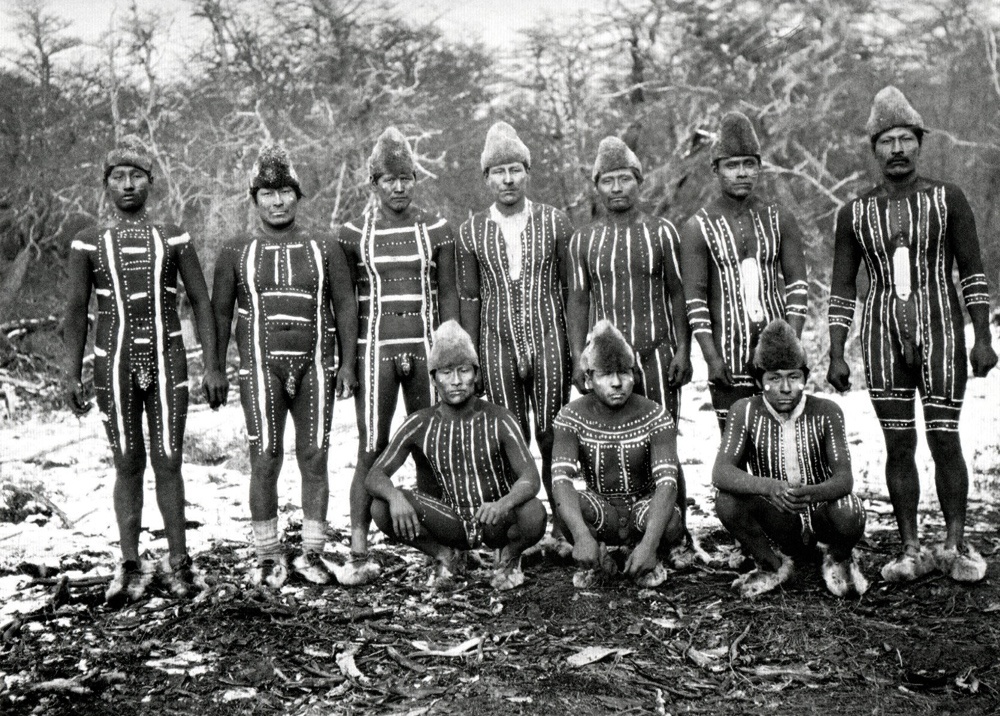
The Lost Tribes of Tierra del Fuego — DOP
Tierra del Fuego, the Land of Fire. The archipelago at the end of the world, Tierra del Fuego (Land of Fire) was named, in the early 16 th century, by Ferdinand Magellan, the first European to explore it . It was named so because of the many bonfires, lit by the natives, that were sighted along the coastline by the Europeans upon arrival.
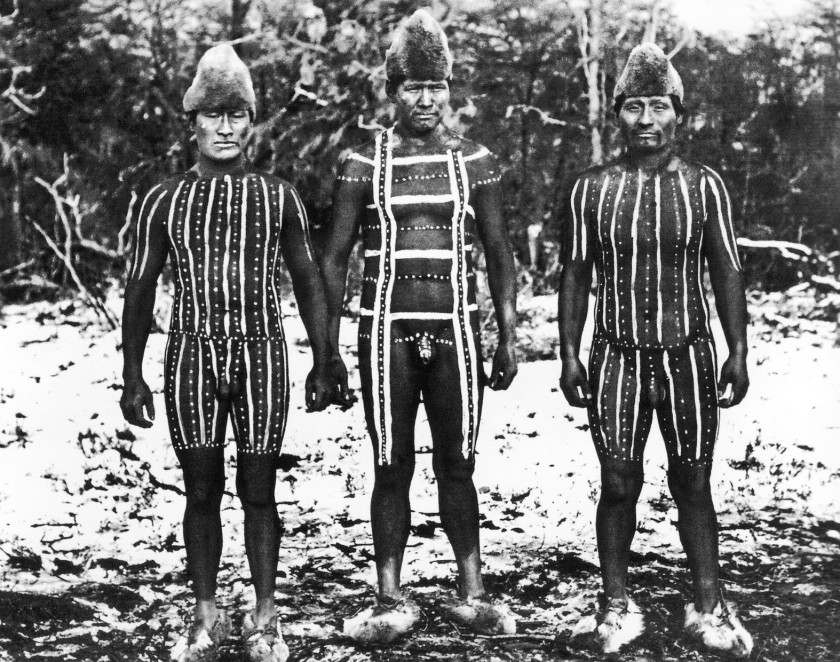
The Yahgan (also called Yagán, Yaghan, Yámana, Yamana, or Tequenica) are a group of indigenous peoples in the Southern Cone of South America. Their traditional territory includes the islands south of Isla Grande de Tierra del Fuego, extending their presence into Cape Horn, making them the world's southernmost human population.. In the 19th century, the Yahgan were known in English as "Fuegians".
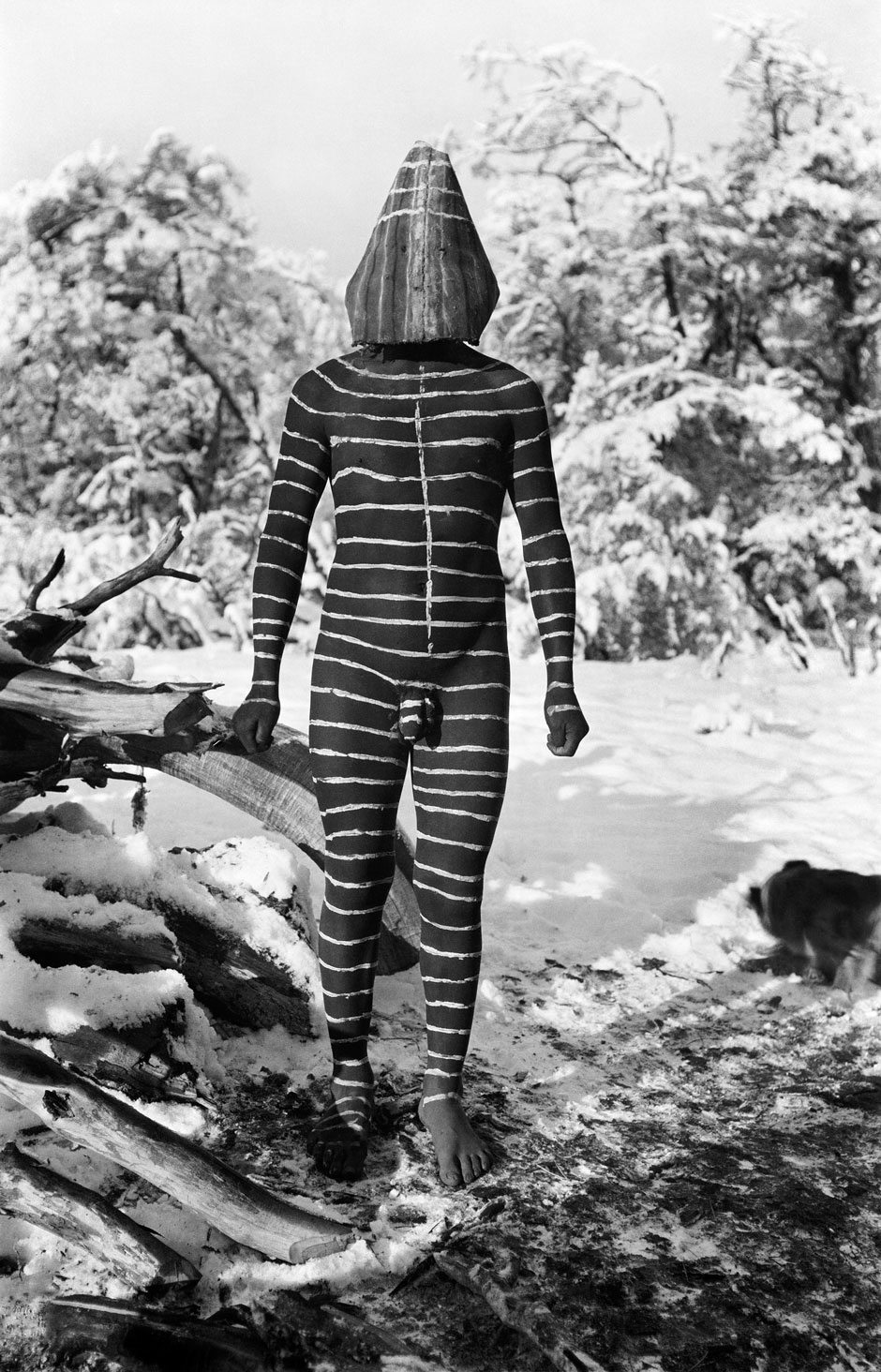
The Lost Tribes of Tierra del Fuego — DOP
Native Tribes of Patagonia & Tierra del Fuego. Archeological findings reveal that Patagonia and the Tierra del Fuego was inhabited by native peoples as far back as 4,500 years ago. These native tribes are commonly referred to as 'Tehuelche tribes' or 'Fuegians' but actually refer to a number of separate groups with their own unique.

The Lost Tribes of Tierra del Fuego — DOP
Tierra del Fuego was named after the first European explorers sailed around the southern tip of the Americas in 1520.The Spanish captain Magellan saw the many fires of the indigenous people burning in the distance, and labelled it "the land of fire". Considered extinct as a tribe, the Selk'nam, also known as the Onawo or Ona people, are an indigenous people in the Patagonian region of.

Tierra del fuego, Indigenous peoples, People of the world
The Lost Tribes. of Tierra del Fuego. October 4 2016. Tierra del Fuego was named after the first European explorers sailed around the southern tip of the Americas in 1520. The Spanish Captain Magellan saw the many fires of the indigenous people burning in the distance, and labelled it "the land of fire". For seven thousand years, the Selk.
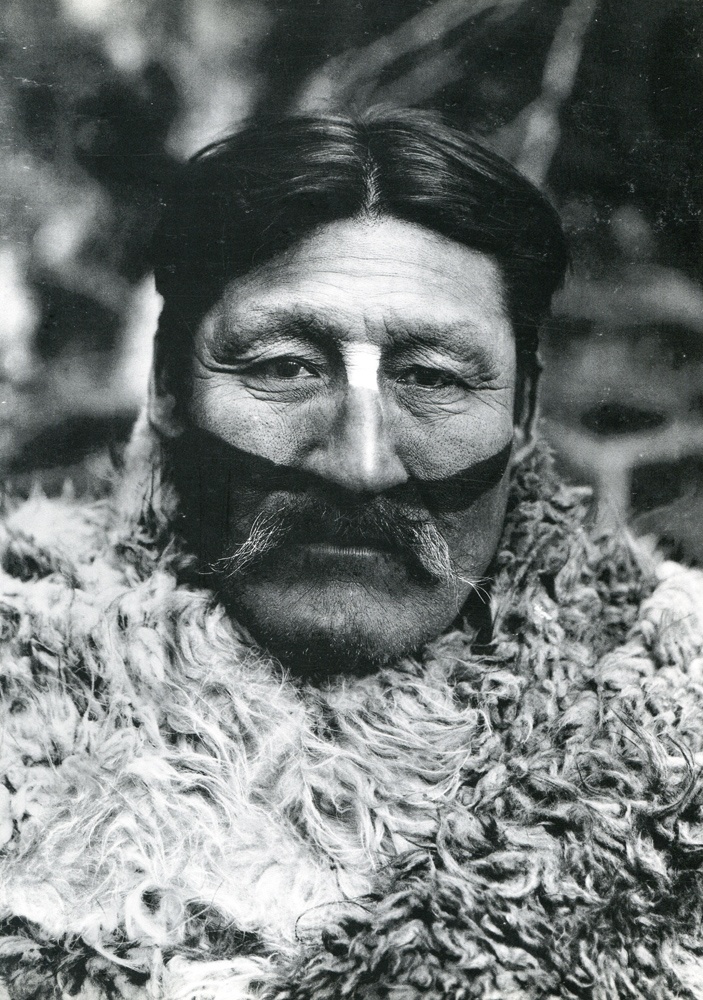
The lost tribes of Tierra del Fuego JOEJOURNEYS
Tierra Del Fuego is a region located at the southernmost tip of South America, shared by Argentina and Chile. It is home to a rich and diverse indigenous culture, with various tribes and communities that have inhabited the area for thousands of years. The indigenous peoples of Tierra Del Fuego have a deep connection to the land and have adapted.

The Lost Tribes of Tierra del Fuego — DOP Arte precolombino, Cultura mapuche, Pueblo indígena
The Selk'nam, also known as the Onawo or Ona people, [note 1] are an indigenous people in the Patagonian region of southern Argentina and Chile, including the Tierra del Fuego islands. They were one of the last native groups in South America to be encountered by migrant Europeans in the late 19th century. In the mid-19th century, there were.

Selk'nam Tierra del Fuego's last tribe
Selk'nam: Tierra del Fuego's Last Forgotten Tribe. One of the last indigenous tribes to have encountered European invaders was one of the most formidable native groups to have ever inhabited South America. Among laymen, they are mostly known for being part of the 'human zoos' which were all the rage in Europe during the late 1800s.

The Lost Tribes of Tierra del Fuego — DOP Native American Photos, American Indians, American
The Lost Tribes of Tierra del Fuego: Selk'nam, Yamana, Kawésqar. Hardcover - June 16, 2015. by Christine Barthe (Editor), Xavier Barral (Editor), Martin Gusinde (Photographer), 4.7 27 ratings. See all formats and editions.
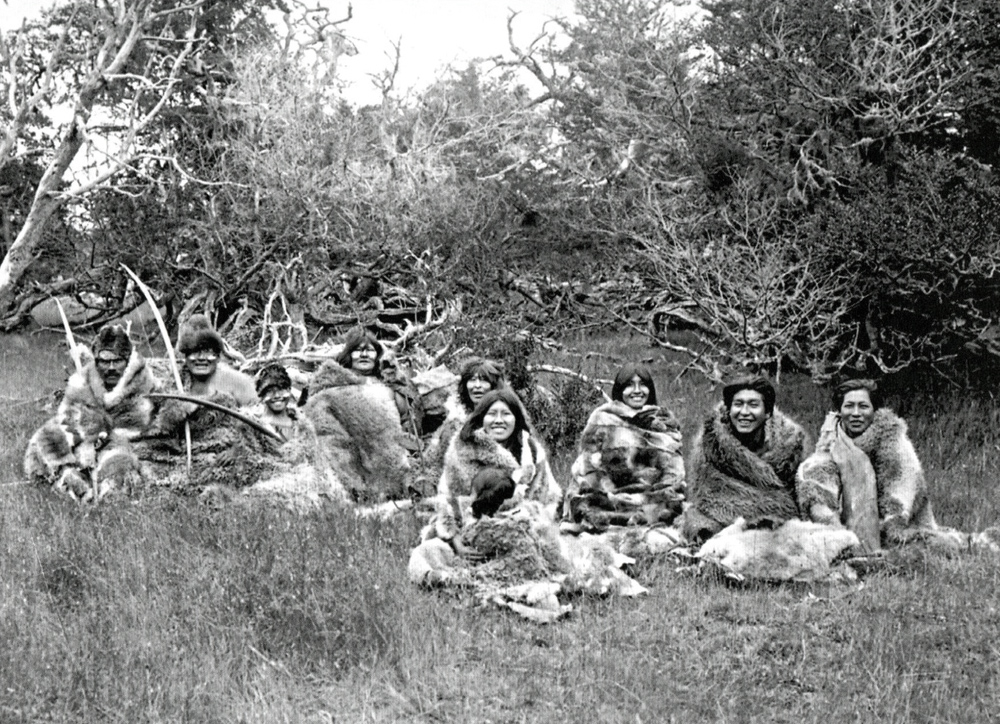
The Lost Tribes of Tierra del Fuego — DOP
Spanish explorers came upon the area around Tierra del Fuego in the early sixteenth century. Still, it was not until the 19th century that Europeans started to be interested in the zone and its people. The Yahgan were estimated to number 3,000 persons in the mid-19th century when Europeans started colonizing the area.

Selknam People during the Hain Ceremony in Tierra Del Fuego Photos By Martin Gunside taken in
Darwin recorded his first sight of the Fuegians (they were, more correctly, members of the Yaghan tribe, one of four tribes in Tierra del Fuego) on 17 December, 1832. "In the afternoon we.

The Lost Tribes of Tierra del Fuego Rare and Haunting Photos of Selk'nam People Posing With
Tierra Del Fuego, a remote archipelago located at the southernmost tip of South America, is home to a fascinating indigenous community known as the Tierra Del Fuego People. These resilient individuals have inhabited this rugged and inhospitable region for thousands of years, adapting to its harsh climate and unpredictable conditions.

The Lost Tribes of Tierra del Fuego Rare and Haunting Photos of Selk'nam People Posing With
Tierra Del Fuego Natives, also known as the Yaghan people, are an indigenous group residing in the southernmost tip of South America. With a rich cultural heritage and a history dating back thousands of years, these resilient individuals have managed to maintain their way of life despite the challenging conditions of their harsh and unforgiving environment.